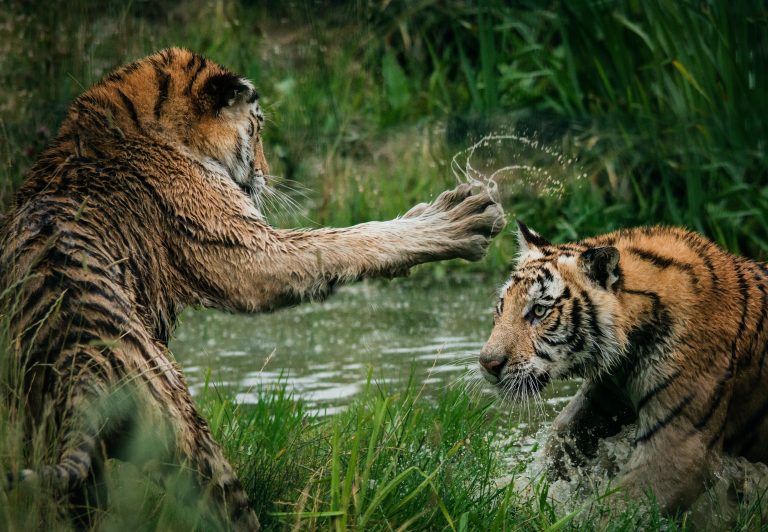Karat training methods – Which are most efficient?
Karat, also known as Karate, is a martial art that originated in Okinawa, Japan. It has gained popularity worldwide due to its practical applications in self-defense, physical fitness benefits, and competitive sport. Training in Karat involves mastering various techniques such as punching, kicking, and blocking. But with so many teaching methods and styles, which Karat training methods are the most efficient?
Kihon
Kihon is the basic foundation of Karat training. It involves practicing fundamental techniques such as punches, kicks, and various stances. Kihon is vital to a Karat student as it lays down key principles and techniques that prepare them for more advanced techniques. Kihon also helps develop balance, coordination, and power.
Kata
Kata is a series of pre-arranged movements that simulate a hypothetical self-defense scenario. Practicing Kata is essential in developing muscle memory, spatial awareness, and timing. There are numerous Kata styles in Karat, and each emphasizes a different aspect of defense. Katas can be performed solo or with a partner.
Kumite
Kumite is a sparring exercise that tests a student’s ability to apply techniques in a real-time scenario. There are three basic types of Kumite: Ippon Kumite, Jiyu Ippon Kumite, and Jiyu Kumite. Each type builds upon the previous one, starting with predetermined techniques to full free-style sparring. Kumite is a valuable training tool as it teaches students to think on their feet, adapt techniques, and improve reaction speed.
Bunkai
Bunkai is the application of a Kata in a real-world scenario. It is the practical application of Karat techniques when defending oneself from an actual attack. Bunkai teaches students to use basic techniques in an efficient and effective way, leading to realistic defense strategies. By practicing Bunkai, students gain a deeper understanding of Karat techniques and their practical uses in self-defense.
Which is the most efficient Karat training method?
The effectiveness of a Karat training method depends on several factors, such as the student’s strengths and weaknesses, physical condition, and learning style. Each training method has its unique benefits, and they are all equally essential. A good Karat training program should have a balance of all training methods to prepare students adequately.
In conclusion, Karat training methods are all essential in developing a well-rounded martial artist. Kihon, Kata, Kumite, and Bunkai all build upon one another, with each method providing benefits that culminate in a complete and practical defense strategy. By practicing all four training methods consistently, Karat students can develop a sense of confidence and readiness to defend themselves effectively in any situation.
Karat Training Methods – Which are most efficient?
Karat training is a martial art that involves a lot of physical activity and discipline. There are different training methods used in Karat training, and the efficiency of each method differs from person to person. In this blog post, we will answer some of the most frequently asked questions about Karat training methods and highlight the most efficient ones.
What is Karat Training?
Karat Training is a martial art that originated in Okinawa, Japan. It is now widely popular across the world because of its discipline, physical fitness benefits, and practical self-defense techniques. Karate training involves a lot of physical activity, including punching, kicking, and defensive moves. It also involves a great deal of mental discipline, focus, and respect for the opponent.
What Are The Different Karat Training Methods?
There are different methods of Karat training, and each method is designed to target a specific aspect of Karate training. The most common Karate training methods include:
1. Kihon
Kihon is the most basic Karate training method that involves fundamental techniques like punching, kicking, and striking. This method aims to develop proper form and technique in each movement. This method is ideal for beginners, ensuring they have a strong foundation on which to build their Karate training.
2. Kata
Kata is a more advanced Karate training method that involves a sequence of movements that mimic fighting situations. This method aims to develop muscle memory, coordination, balance, and timing. This method is ideal for intermediate level students.
3. Kumite
Kumite is a sparring Karate training method that involves two Karate practitioners engaging in a simulated fight. This method aims to develop practical defensive and offensive techniques, awareness, control, and speed. This method is ideal for advanced level students.
Which Karate Training Method is the Most Efficient?
Each Karate training method is efficient in different aspects of Karate training, and each can be equally effective depending on one’s training goals. However, Kihon is generally considered to be the most efficient Karate training method, especially for beginners. It provides foundational skills for Karate training and ensures that proper form and technique are developed in each movement.
Can Karate Training Help With Self-Defense?
Yes, Karate training can help with self-defense. The discipline, physical fitness, and practical self-defense techniques learned in Karate training can be applied in real-world situations. However, self-defense requires more than just knowing defense techniques but also being aware of your surroundings and avoiding dangerous situations. Karate training helps in providing you with the physical and mental fitness required for self-defense.
How Long Does It Take to Learn Karate?
The time required to learn Karate varies based on personal goals, effort, and dedication. A beginner can develop basic skills in a few months of consistent training. However, becoming a skilled Karateka can take years of training and practice. It typically takes an average of 2-3 years to become proficient in Karate, although this varies depending on one’s dedication and training regimen.
Conclusion
Karat Training is a discipline that requires a lot of physical activity, self-discipline, focus, and respect for the opponent. There are different methods of Karate Training, including Kihon, Kata, and Kumite. Kihon is the most efficient Karat training method, but each method is equally effective in different aspects of Karate training. Karate training can help with self-defense, but it requires more than just defense techniques. Becoming skilled in Karate takes years of practice and dedication.
Inhaltsverzeichnis






